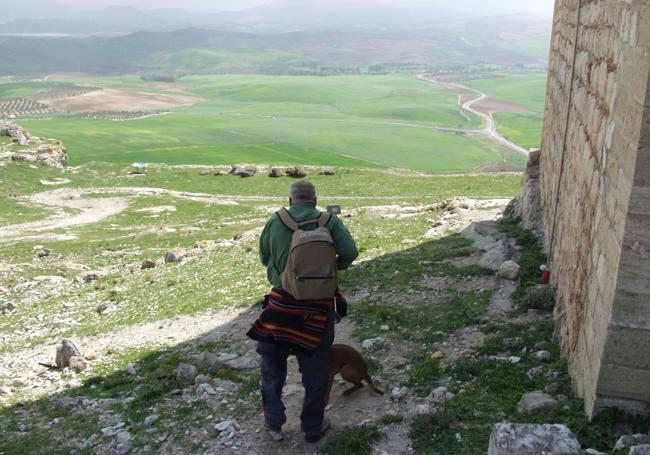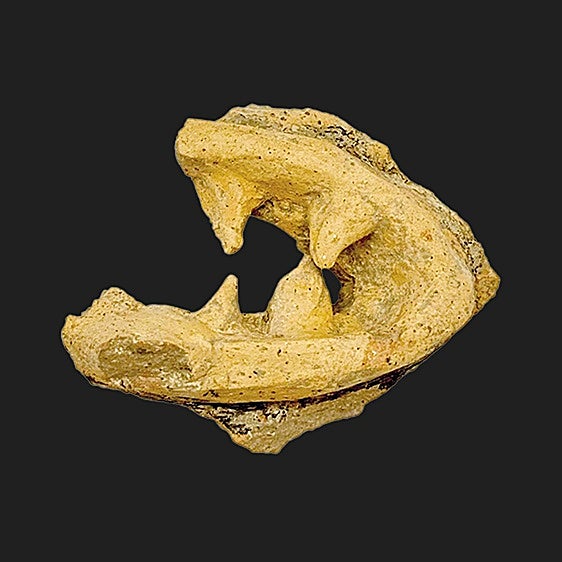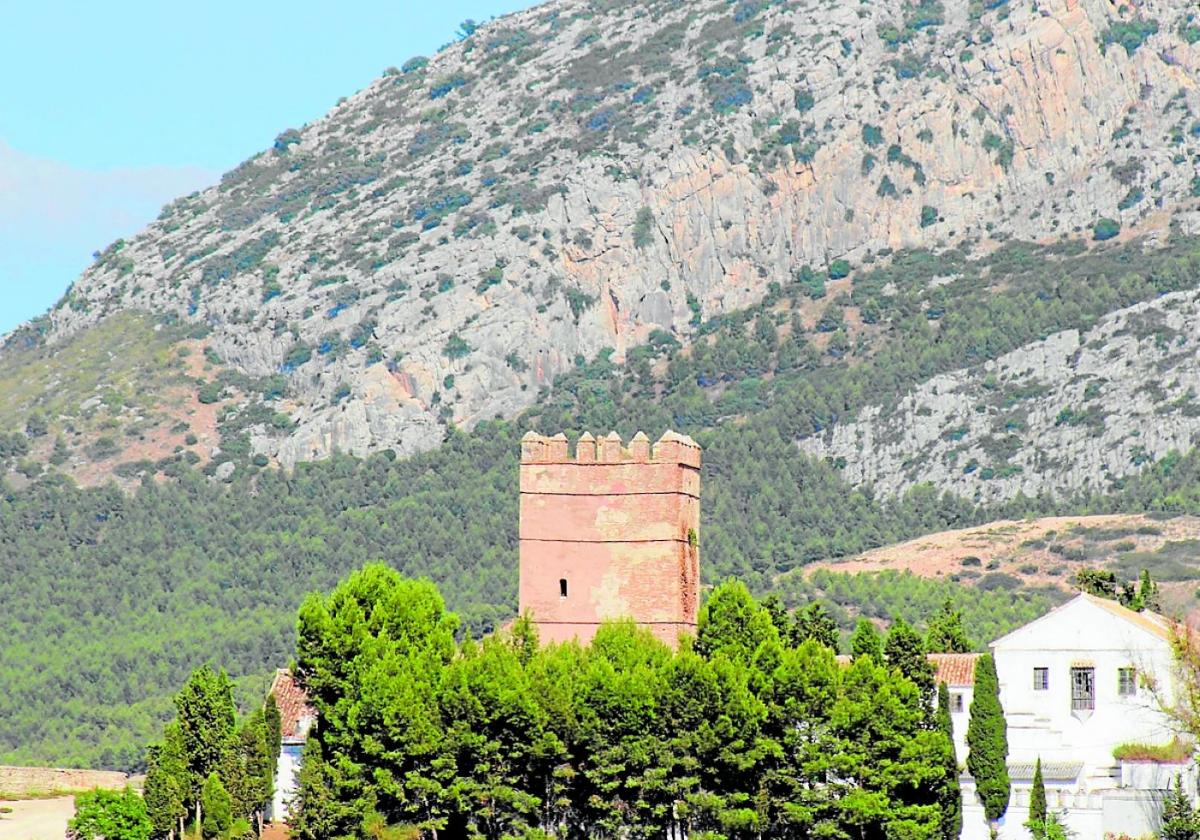Guadalteba: History hidden in a valley a short distance from Ronda
In an area often ignored by many visitors to Malaga province, there are visible traces of the historical importance of the land between Cañete la Real and Teba
Javier Almellones
Malaga
Friday, 7 March 2025, 17:44
There are two great fortresses that look out over the Guadalteba valley in inland Malaga province. One is that of Hins Cannit, in Cañete la Real, and the other is that of La Estrella, in Teba, considered the second biggest in the province of Malaga. Both are sites of interest in an area that also conceals other archaeological treasures.
Some of them are visible, although they are not easily visited. Others are hidden on land used today for cereal crops. All of them show the strategic value of this great fertile plain which was once the Ortegícar estate, in the municipality of Cañete la Real. In the farmhouse of that name, which has stood the test of time, are two of the best known historical enclaves of these lands.
On the one side, you can see from some distance the tower of the farmhouse that today is within a private property, but that, being declared as an Asset of Cultural Interest, should be open to the public. It is a slender watchtower, 18 metres high and located within the farmhouse itself, on a hill near the Guadalteba river.

Very close to the tower farmhouse, which likely has its origin between the thirteenth and fourteenth centuries, is the Nasrid bridge, also named Ortegícar. This used to serve as a crossing of the Guadalteba and would have provided access to the old farmhouse. Six metres high over the bed of the Guadalteba, it is a bridge with the appearance of a 'donkey's back', a curvature characteristic of medieval castles.
Going straight ahead for three kilometres, by now on the outskirts of Teba, you arrive at another tower known as Torrecilla. It is from approximately the same period as that of Ortegícar, although it only served as a watchtower. Also known as the Torre del Cerro, it can be seen on an olive-tree hill from the A-367 road or from some nearby rural roads. The building has deteriorated considerably.
In addition to what can be seen with the naked eye, there are treasures hidden underground, such as the Roman villa of Flavia Sabora, which a few years ago was captured by orthophotography. It is located in the fertile plain at the foot of the Sábora hill, in the territory of Cañete la Real. While its existence was well known, the location of the villa remained, until recently,a mystery. Now it is known with certainty that it is located under lands cultivated mainly for cereals. It was in the time of Caesar Vespasian Augustus when the Iberian population of Sabora, located on the hill, was moved to this now fertile agricultural plain. One of the conditions imposed by the emperor to accept the change of location was that the villa would have to be renamed Flavia Sabora. This first term alluded to the lineage to which Titus Flavius Vespasianus belonged,

There are also vestiges of another Roman site near Teba. Specifically, about two kilometres from the town centre. In recent years, a valuable megalithic necropolis has also been found in this municipality in the foothills of La Lentejuela. It is also located on relatively high ground above the valley, in La Patrana, from where a good part of this territory can be seen.
After the most recent archaeological excavations, evidence has emerged of nine megalithic constructions, concentrated in about six hectares. Due to this, it could be considered as the necropolis with the highest concentration of megalithic tombs in the province of Malaga. Part of these findings can be seen today in the municipal museum of Teba.
Further east there is also another important site. It is the Iberian settlement of Los Castillejos, very close to Torrecilla. This foundation was discovered when an attempt was made to excavate a quarry there.



